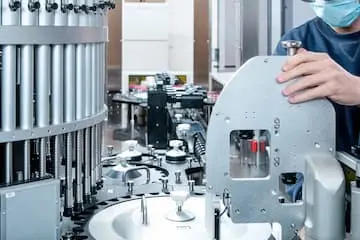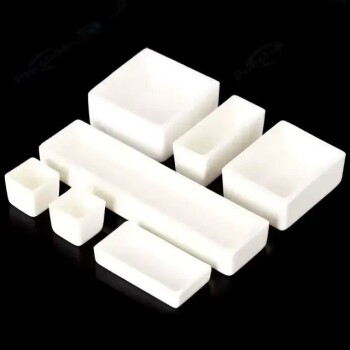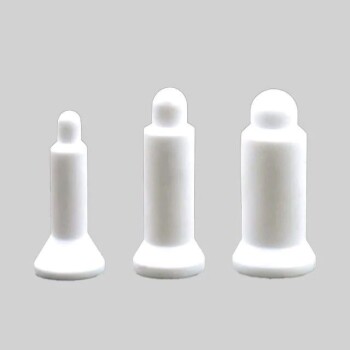CVD materials are revolutionizing industries with their exceptional properties. Our range includes CVD Diamond coatings for cutting tools, CVD diamond domes for high-performance loudspeakers, and CVD Diamond for dressing tools. These materials offer superior thermal conductivity, durability, and precision, making them ideal for cutting, friction, and acoustic applications.
Toggle Categories
Get Instant Support
Choose your preferred way to connect with our team
-
Get Free Quote Fill out form for detailed pricing
-
Send Email Detailed inquiry support
-
WhatsApp Quick mobile chat
Response Time
Within 8 hours on working days, 24 hours on holidays
cvd materials
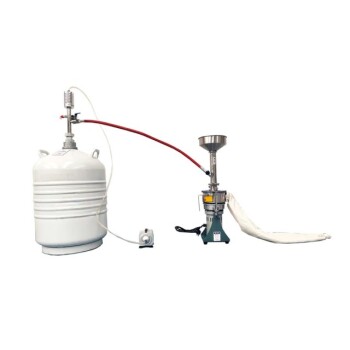
Liquid Nitrogen Cryogenic Grinder Mill Cryomill Airflow Ultrafine Pulverizer
Item Number : KT-CG03
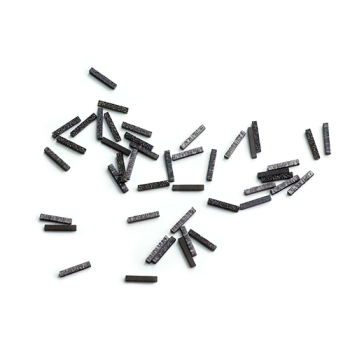
CVD Diamond Dressing Tools for Precision Applications
Item Number : cvdm-01
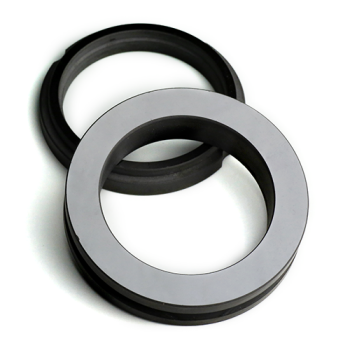
Custom CVD Diamond Coating for Lab Applications
Item Number : cvdm-05

CVD Diamond Domes for Industrial and Scientific Applications
Item Number : cvdm-06
Unveiling the Power of CVD Materials
CVD, or Chemical Vapor Deposition, is a cutting-edge technology that transforms gases into solid materials, offering unparalleled advantages over traditional deposition methods. One of the key benefits of CVD is its non-line-of-sight capability, allowing for the coating of restricted access surfaces, which is impossible with most other plating processes.
Core Advantages of CVD Materials
- Versatility: CVD can deposit a wide range of materials, including metals, alloys, and ceramics, making it highly adaptable to various industrial needs.
- High Purity and Low Porosity: The coatings produced by CVD are exceptionally pure and have very low porosity levels, ensuring superior material integrity.
- Economical Production: CVD allows for the simultaneous coating of multiple parts in large batches, significantly reducing production costs.
Applications Across Industries
Our CVD materials are engineered to meet the stringent demands of multiple sectors:
- Cutting Tools: CVD Diamond coatings provide exceptional wear resistance and thermal conductivity, making them perfect for non-ferrous materials, ceramics, and composites machining.
- Loudspeakers: CVD diamond domes deliver unparalleled sound quality, durability, and power handling, thanks to DC Arc Plasma Jet technology.
- Thermal Management: CVD diamond for thermal management offers thermal conductivity up to 2000 W/mK, ideal for heat spreaders, laser diodes, and GaN on Diamond (GOD) applications.
Custom Solutions for Your Needs
At Kintek Solution, we pride ourselves on our ability to provide tailored CVD solutions. Whether you need a specific type of diamond coating, a custom CVD furnace, or any other CVD material, our team of experts is here to assist you. We offer customizable services to ensure that our products meet your exact specifications.
For more information or to discuss your specific requirements, please contact us. Our dedicated team is ready to help you harness the full potential of CVD materials for your applications.
Cutting-Edge Technology in Your Hands
Our CVD materials are backed by state-of-the-art technology and rigorous quality control processes. We continuously innovate to stay ahead of industry trends, ensuring that our customers receive the most advanced and reliable CVD solutions available.
Why Choose [Your Company Name]?
- Expertise: Our team comprises industry veterans with deep knowledge of CVD technology and its applications.
- Customization: We offer bespoke solutions to meet the unique needs of each client.
- Quality Assurance: Our products undergo stringent quality checks to ensure they meet the highest standards.
Discover how our CVD materials can elevate your projects to new heights. Contact us today to explore our full range of products and services.
Contact Us to get started on your next project with our advanced CVD materials.
FAQ
What Is CVD (Chemical Vapor Deposition) And What Are Its Key Advantages?
What Are Some Common Applications Of CVD Materials?
What Types Of CVD Materials Are Available?
How Does CVD Diamond Enhance The Performance Of Cutting Tools?
What Makes CVD Diamond Domes Suitable For High-performance Loudspeakers?
How Does CVD Diamond Improve Thermal Management In Electronic Devices?
REQUEST A QUOTE
Our professional team will reply to you within one business day. Please feel free to contact us!
Related Articles

Cracked Tubes, Contaminated Samples? Your Furnace Tube Is The Hidden Culprit
Frustrated by failed experiments? Learn why your furnace tube material—not your process settings—is the critical variable causing inconsistent results.

How to Choose Crucible Materials That Prevent Chemical Degradation in Vacuum Induction Melting
Learn how to choose crucible materials for vacuum induction melting to prevent chemical degradation and optimize alloy purity. Essential guide for industrial applications.

Why Ultra-Low Temps are Non-Negotiable: The Science Behind Preserving Critical Biological Materials
Discover why ultra-low temperature freezers (-86°C) are vital for preserving cells, proteins, and vaccines. Learn the science behind ULT storage best practices.

How ULT Freezers Protect Scientific Discoveries in Genetics and Drug Development
ULT freezers safeguard genetic and pharmaceutical research by maintaining -80°C storage for DNA, proteins, and cell lines—preventing sample degradation and ensuring research validity.

Preserving the Irreplaceable: How ULT Freezers Protect Critical Samples Across Industries
ULT freezers at -80°C protect biological samples, vaccines, and research materials from degradation, ensuring long-term viability across industries.

Development and Principles of Frozen Tissue Crushers
Explore the history, classification, and principles of frozen tissue crushers, including grinding ball selection and how to choose the right crusher.

Application of Ultra-Micro Pulverization Technology in the Food Industry
Explores the benefits and applications of ultra-micro pulverization technology in enhancing food processing and nutrient absorption.

Cryogenic Pulverization Technology and Its Applications
Explores the process, advantages, disadvantages, and applications of cryogenic pulverization in various fields.

Application of Low-Temperature Pulverization Technology in the Spice Industry
Explores the benefits of low-temperature pulverization for maintaining spice quality and efficiency.

10 Common Dry Ultrafine Crushing Processes
Overview of various dry ultrafine crushing methods and their components.

Techniques and Methods of Freeze Pulverization for Powdered Rubber
An overview of various methods for producing powdered rubber through freeze pulverization, including liquid nitrogen and air turbine expander cold methods.

Precision Ceramic Materials for Energy Conversion Applications
Overview of various ceramic materials used in energy conversion technologies, including heaters, piezoelectric ceramics, and solid oxide fuel cells.

Advanced Technologies for Precision Ceramics
Explores key technologies and preparation methods for precision ceramic components, highlighting their applications and challenges.

Precision Ceramics in Semiconductor Applications
Exploring the use of precision ceramics in semiconductor equipment, their properties, and manufacturing processes.

The 5 Hottest Advanced Ceramic Powders Currently Available!
An overview of the top 5 advanced ceramic powders: High Purity Aluminum Oxide, Boehmite, Aluminum Nitride, Silicon Nitride, and Spherical Alumina, highlighting their applications and market trends.

Mechanical Properties and Structural Enhancements of Ceramics
An in-depth analysis of the mechanical properties of ceramics, including strengths, weaknesses, and methods for improvement.

The Evolution and Strategic Importance of Advanced Ceramics
An in-depth analysis of the development, classification, and strategic importance of advanced ceramics in various industrial and technological fields.

Advancements in Engineering Ceramic Materials
Explores new engineering ceramics with exceptional properties and applications in harsh environments, comparing them to traditional materials.

Structure and Properties of High-Temperature Engineering Ceramics
Explore the applications, structural features, and performance advantages of high-temperature engineering ceramics across various industries.

Fused Silica Crucible: Properties, Applications, and Preparation Process
An in-depth look at the properties, applications, and preparation methods of fused silica crucibles in the solar photovoltaic industry.
